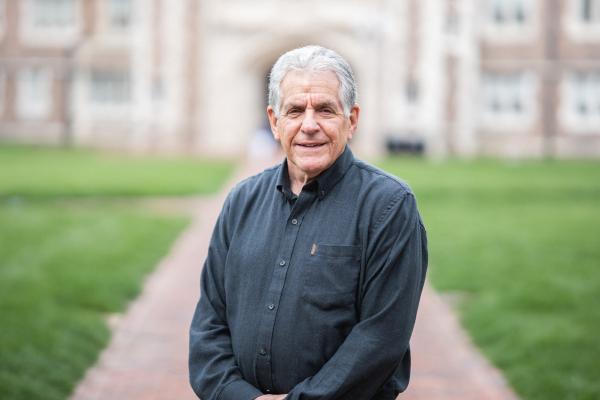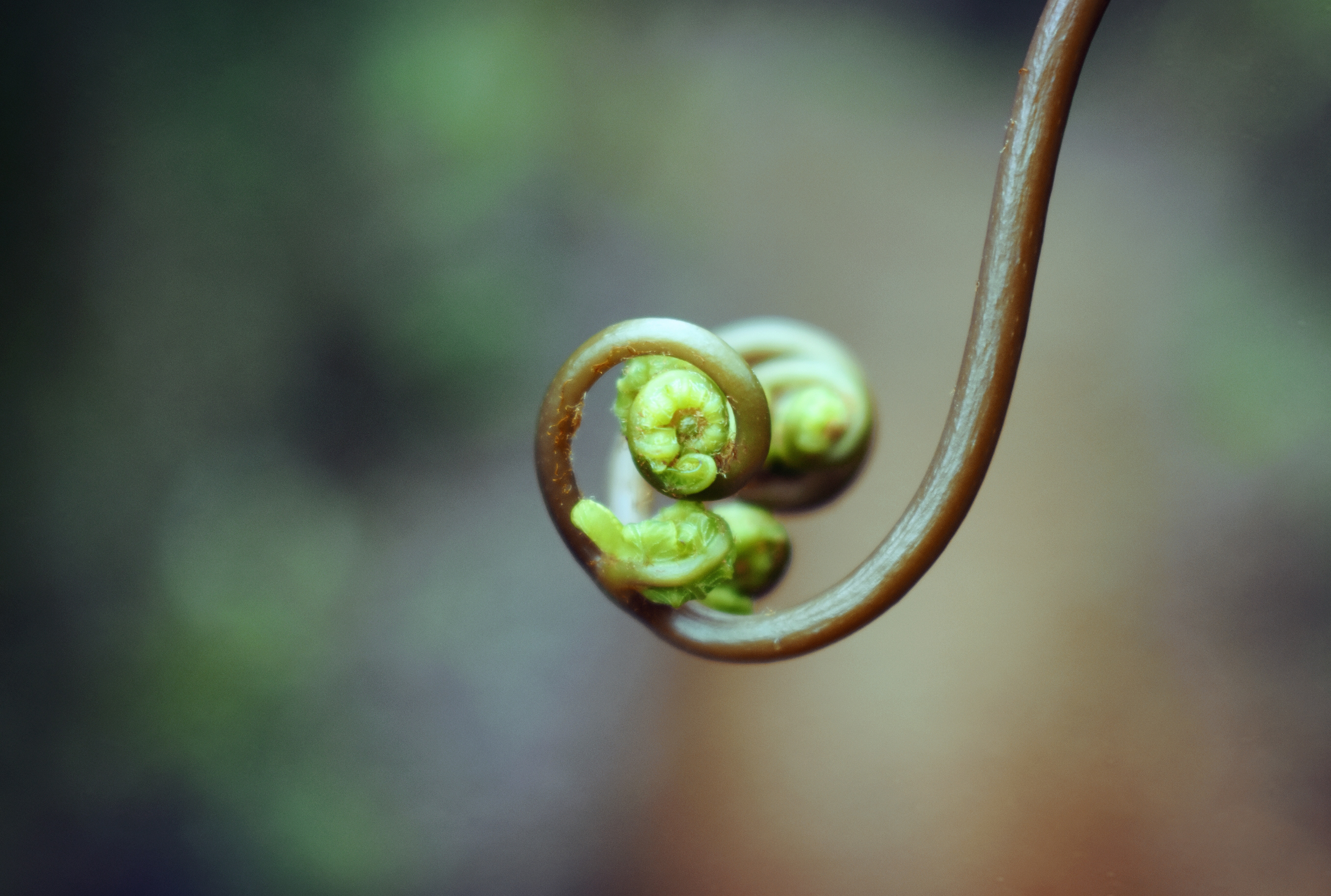Collin-Osdoby P, Osdoby P. 2012. RANKL-mediated osteoclast formation from murine RAW 264.7 cells. Methods Mol Biol. 2012;816:187-202. PMID: 22130930.
Kovacs CS, Chaussain C, Osdoby P, Brandi ML, Clarke B, Thakker RV. 2021. The role of biomineralization in disorders of skeletal development and tooth formation. Nat Rev Endocrinol. 2021 Jun;17(6):336-349. PMID: 33948016.
Sunyer, T., Lewis, J., Collin-Osdoby, P., Osdoby, P. (1999) Estrogen inhibits interleukin-1 response of human marrow-derived osteoclast-like cells by modulating isoforms of IL-1 receptor expression. J. Clin. Invest. 103: 1409-1418.
Collin-Osdoby, P., Rothe, L., Becker, S., Anderson, F., Osdoby, P. (2000) Decreased nitric oxide levels promote osteoclast formation and bone resorption in chick bone marrow and isolated osteoclast cultures in vitro as well as in vivo on the chick chorioallantoic membrane in conjunction with neoangiogenesis. J. Bone Min. Res. 15: 474-488.
Wright, L., Beck, S., Schwent, B., Anderson, F., Moura, P., Nelson, M., Maloney, W., Collin-Osdoby, P., Osdoby, P. (2000) The chemokine receptor CXCR4 and its ligand, SDF-1, are involved in human osteoclast SDF-1, are involved in human osteoclast. Submitted to J. Clin. Invest.
Collin-Osdoby, P., Rothe, L., Anderson, F., Nelson, M., Maloney, W., Osdoby, P. (2001) Receptor activator of NF-kappa B and osteoprotegerin expression by human microvascular endothelial cells, regulation by inflammatory cytokines, and role in human osteoclastogenesis. J. Biol. Chem. 276(23): 20659-20672.
Gorski, J., Liu, F., Artigues, A., Castagna, L., and Osdoby, P. (2002) New alternatively spliced form of galectin-3, a new member of the beta-galactosidase-binding animal lectin family, contains a predicted transmembrane-spanning domain and a leucine zipper motif. J Biol. Chem. 277: 18840-18848.
Collin-Osdoby, P., Rothe, L., Bekker, S., Anderson, F., Huang, Y., and Osdoby, P. (2002) Basic fibroblast growth factor stimulates osteoclast recruitment, development, and bone pit resorption in association with angiogenesis in vivo on the chick chorioallantoic membrane and activates isolated avian osteoclast resorption in vitro. J. Bone Miner. Res. 17:1859-1871.
Yu X, Huang Y, Collin-Osdoby P, Osdoby P, (2003) Stromal cell-derived factor-1(SDF-1) recruit osteoclast precursors by inducing chemotaxis, matrix metalloproteinase-9 (MMP-9) activity, and collagen transmigration. Journal of Bone and Mineral Research. 18 1404-1418.
Collin-Osdoby P, Yu X, Zheng H, Osdoby P. (2003) RANKL-mediated osteoclast formation from murine RAW 264.7 cells. In: Methods in Molecular Medicine. Bone Research Protocols. S Ralston, M Helfrich, eds. Human Press, Totowa, NJ. pgs 153-166.
Yu X, Huang Y, Collin-Osdoby P, Osdoby P. (2004) CCR1 chemokines promote the chemotactic recruitment, RANKL development, and motility of osteoclasts and are induced by inflammatory cytokines in osteoblasts. Bone Miner Res 19:2065-2077.
Wright L, Maloney W, Yu X, Kindle L, Collin-Osdoby P, Osdoby P. (2005) Stromal cell-derived factor-1 binding to its chemokine receptor CXCR4 on precursor cells promotes the chemotactic recruitment, development and survival of human osteoclasts. Bone.2005;36(5):840-53. 2005
Saltman L, Javed A, Ribadeneyra J, Hussain S, Young D, Osdoby P, Amcheslavsky A, van Wijnen A, Stein J, Stein G, Lian J, Bar-Shavit Z (2005) Organization of transcriptional machinery and regulatory factors in osteoclasts nuclei: Compartmentalization of Runx1. J Cell Physiol. 2005:871-80
Kindle L, Rothe L, Kriss M, Osdoby P, Collin-Osdoby P. (2006) Human microvascular endothelial cell activation by IL-1 and TNF-a stimulates the adhesion and transendothelial migration of circulating human CD14+ monocytes that develop with RANKL into functional osteoclasts. J Bone Miner Res 21: 193-206.
Zheng, H. Yu, H., Collin-Osdoby, P. Osdoby, P. (2006) RANKL Stimulates iNOS and NO production in Developing Osteoclasts via NF-kB: An Autocrine Negative Feedback Mechanism to Regulate Osteoclastogenesis and Bone Resorption. J Biol Chem.;281(23):15809-20.


